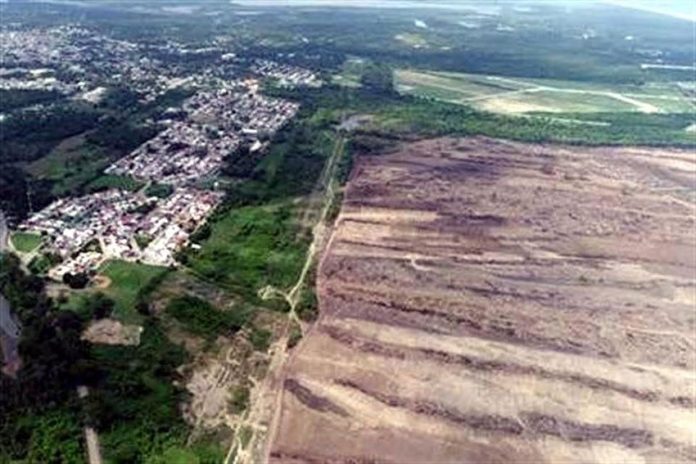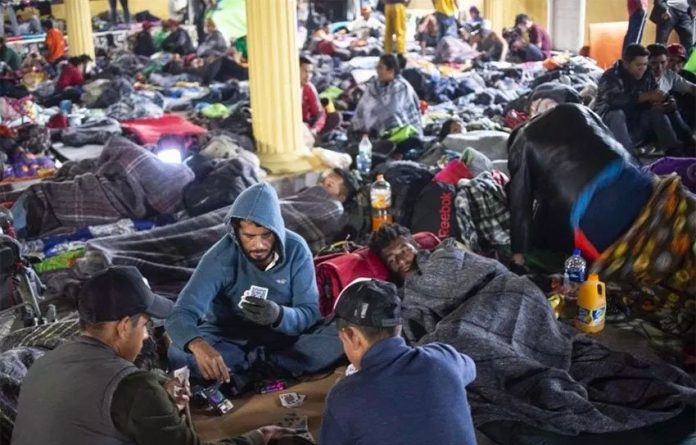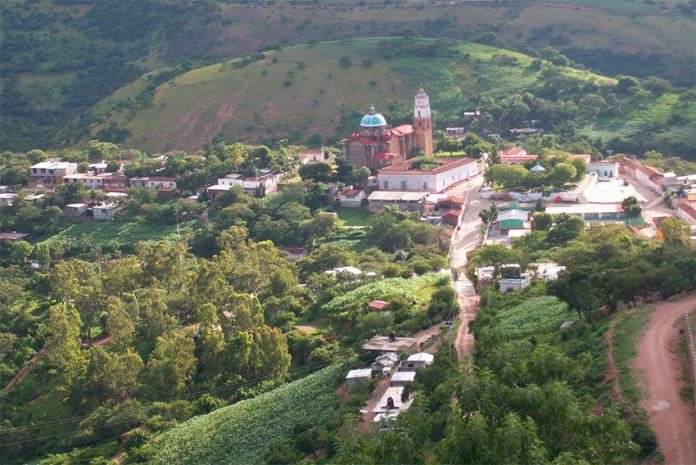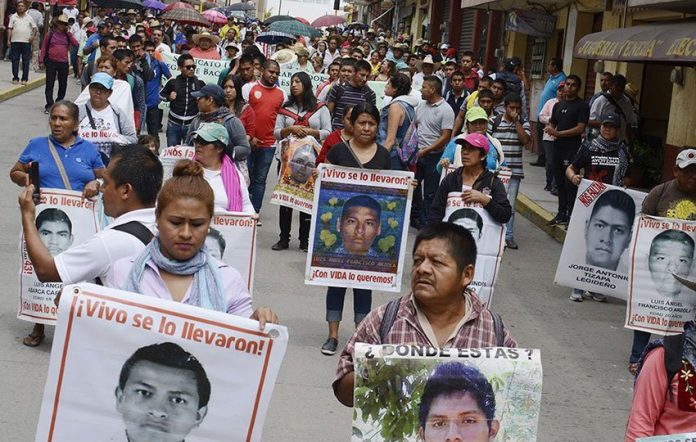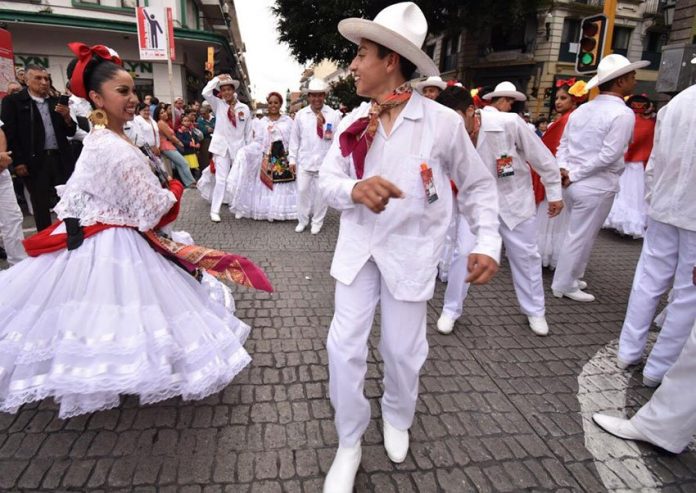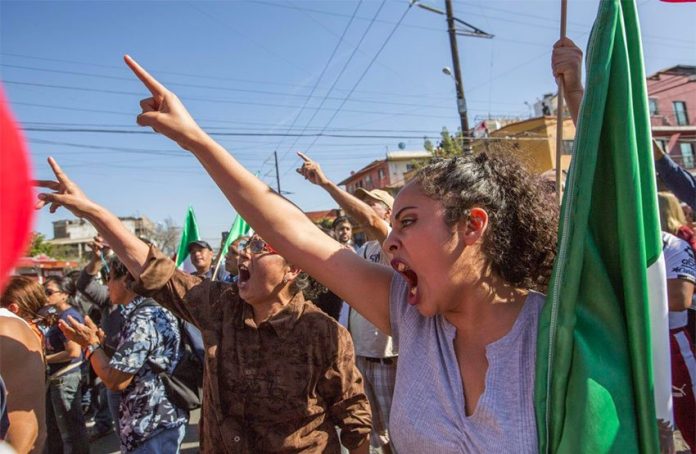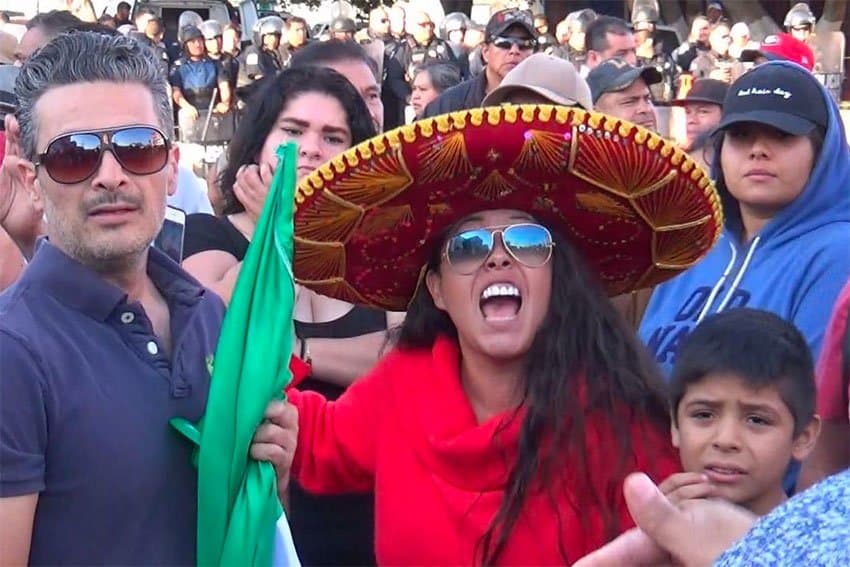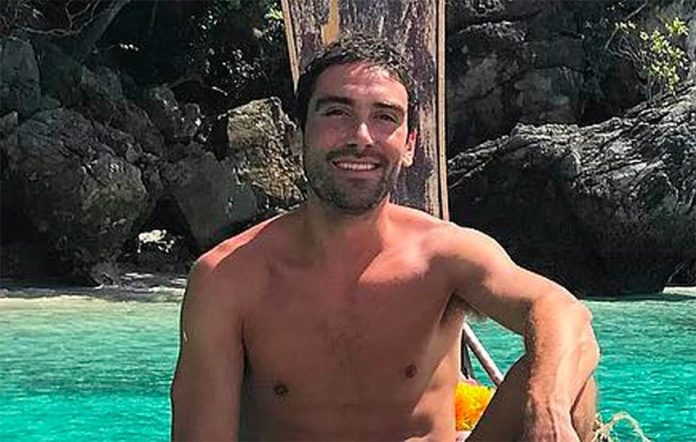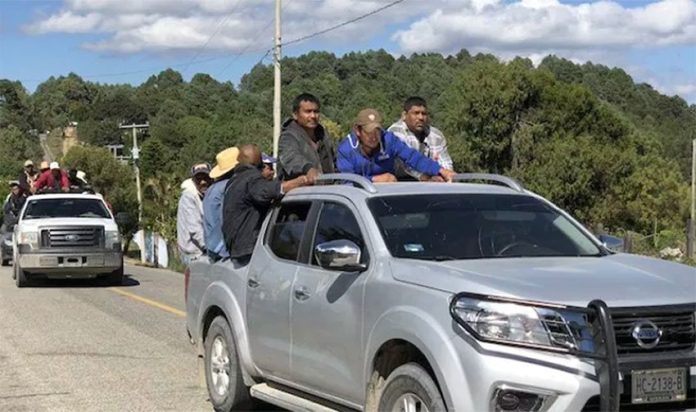A 300-hectare site in Tabasco on which the incoming federal government intends to build a new oil refinery has been cleared of jungle and mangroves despite no permits having been issued, an environmental group claims.
The Mexican Center for Environmental Law (Cemda) said that neither environmental authorization nor permission to change the land use of the site at Dos Bocas was granted before the preparatory work began in September.
The non-governmental organization has filed complaints with both the federal Environmental Protection Agency (Profepa) and the Agency for Safety, Energy and the Environment (ASEA).
“The first thing that has to be asked is who did it?” said Gustavo Alanís Ortega, the president and founder of Cemda.
“The complicity of local authorities has caught our attention because the clearing of the land was permitted, there are around 300 hectares and it’s very surprising that local authorities have allowed [it],” he added.
The Cemda complaints allege that state oil company Pemex contracted a firm called SCCA to undertake the work to clear vegetation from the coastal site.
The environmental group also questioned the decision of president-elect López Obrador to put the oil refinery to a public vote on November 24/25 when the project has clearly already begun.
“. . . This is a project that is going to be put to consultation and the question we ask is: why are you holding a consultation on a project that you already started, for which you have already cleared the land and are already allocating a budget to for next year? Why are you consulting on something that you have already decided? I don’t know if it is mockery,” Alanís said.
“Projects of this nature have to be subjected to an environmental impact assessment to establish whether or not there is the possibility of it going ahead. Here that was skipped over and it’s more than obvious that damage has already been caused,” he added.
Cemda issued requests to Profepa and ASEA to take urgent steps to ensure that further damage to the ecosystems and natural resources at and surrounding the refinery’s planned site is avoided.
López Obrador’s proposal to build the Maya train railway project on the Yucatán peninsula will also be put to public consultation this weekend without an environmental impact assessment having been conducted but with a December 17 starting date already set.
In a statement directed to the soon-to-be president, a range of groups representing Mayan communities rejected the project and declared that nobody has asked their opinion about it.
“They’re doing things back to front,” Cemda’s Alanís said of the new federal administration.
“The first thing they have to do is the environmental impact study, submit it for review, then run the public consultation and public meetings and later . . . decide what is appropriate but here we’re starting the other way around.”
Source: Reforma (sp)
